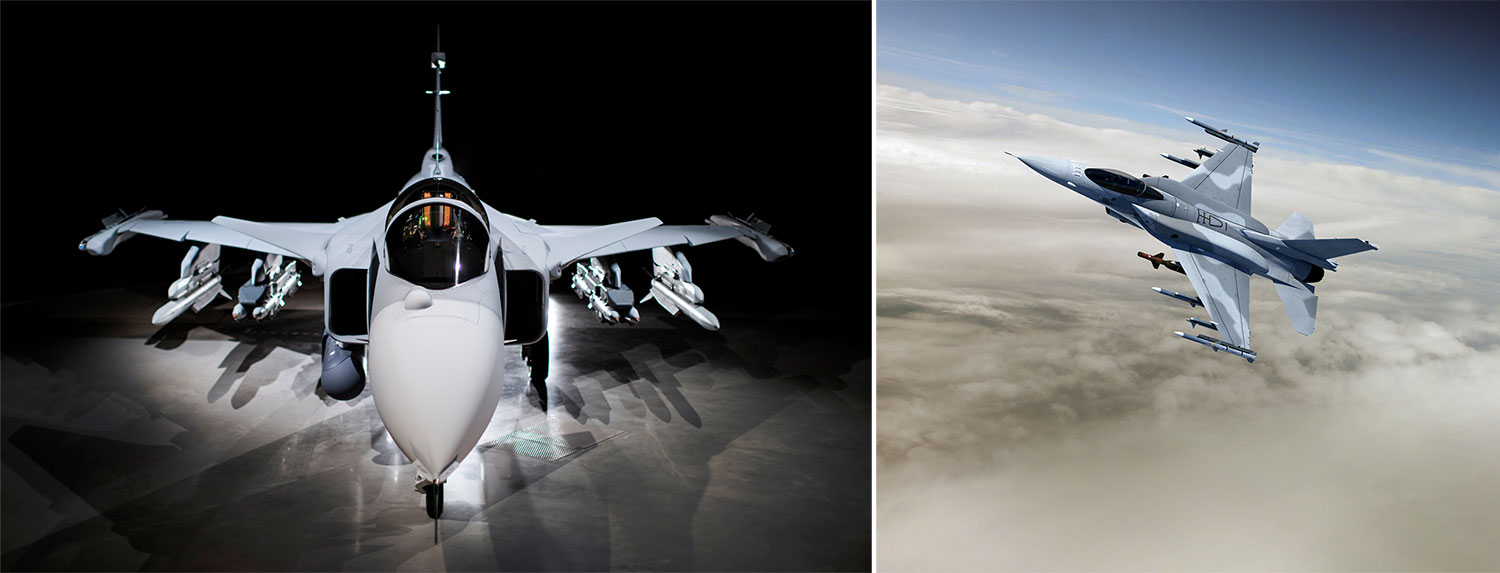Sobering thoughts on the IAF’s 85th anniversary
Pravin Sawhney and Ghazala Wahab
The Indian Air Force (IAF), which was established on 8 October 1932, celebrates its 85th raising day. This is time for commemoration, reflection and perhaps some hard questions. The questions pertain to IAF’s role and capability, and how much its thinking is in sync with building India’s military power.

The IAF has been talking about strategic reach since 2006. This means adequate combat fighters necessary for dissuasive deterrence; aerospace command for more exploitation of space; AWACS for better warning, assured air defence and offensive strikes; net-centricity for better command, control, communications, computers, intelligence and interoperability; air to air refuellers for extended range; longer and beyond visual range smart weapons; better electronic warfare; strategic and operational lift capabilities; indigenisation of the defence industry for timely operational logistics support; and above all, an acknowledgement of its role in warfare.
The role has two aspects: Effect-based operations and joint warfare. In effect-based operations, the focus at any level of war is not on the specific weapons used or targets attacked, but rather on the desired effects. Closely associated with this principle is the strategy of ‘parallel warfare’ wherein the attempt is to paralyse the enemy by multiple and simultaneous attacks at the tactical, operational and strategic levels. Future conflicts would require increased emphasis on precision, intelligence, reconnaissance, lethality and speed of operations, which are the hallmarks of air power.
Joint warfare, on the other hand, demands meticulous planning and flawless execution. It requires joint planning which provides multiple options to achieve operational objectives. This in turn demands good understanding of one another’s tactics, to permit the employment of different forces and bring about synergy. The second element of ‘joint warfare’ is execution between the surface forces and the air force which would be crucial to any future operations.
The Indian Army has different ideas regarding air power. It wants the IAF to continue with its tactical role in support of the land forces. Speaking recently, the chief of army staff, General Bipin Rawat called for “army’s supremacy as compared with the air force and navy for winning war.” He added that, “Wars will be fought on land, and therefore the primacy of the army must be maintained. The other services, the navy and the air force, will play a very major role in support of the army which will be operating on the ground because no matter what happens, we may be dominating the area or the air, but finally war will be won when we ensure territorial integrity of the nation. And, therefore, the supremacy and primacy of the army in a joint services environment becomes that much more relevant and important.”
This is worrisome especially when the pivot of the future war — with Pakistan and China — has decisively shifted to the mountains and high-altitude areas. Today, technology has changed the complexion of warfare vertically and horizontally. Instead of the earlier three warfighting mediums, namely land, air and sea, three new ones have been added. These are cyber, space and electromagnetic mediums. Moreover, capabilities exist for long-range targeting with accuracy by precision guided munitions, beyond visual range missiles, surface to surface cruise missiles, unmanned combat air vehicles, to be used in real time by networking with help from space-based assets. Given this, the air force — given its reach and flexibility — is best equipped to optimally utilise these technologies, while the army is least suited to exploit them fully.
You must be logged in to view this content.

